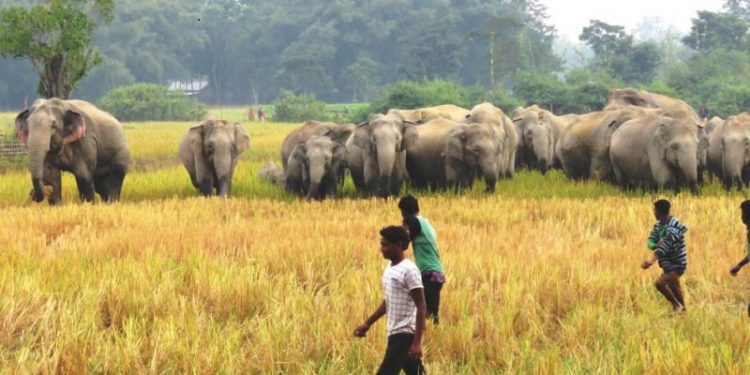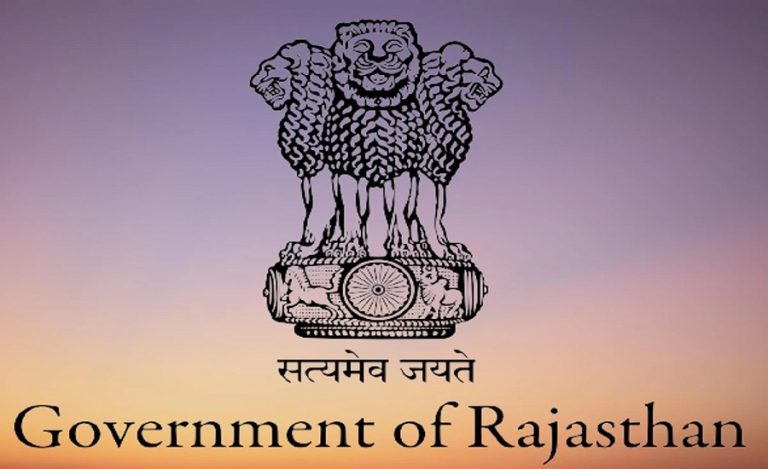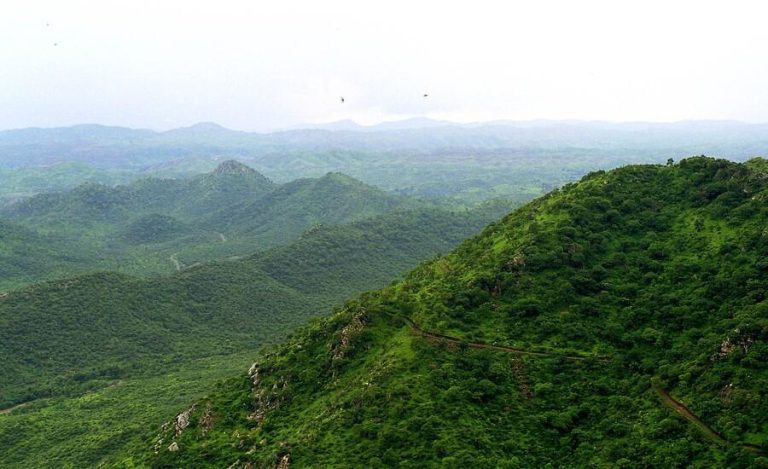Man-animal conflicts are increasing at an alarming rate these days, one of the main reasons being the rising population in the country. With increasing population and lack of enough space for everyone, the tribal people are forced to cut down trees in forests and establish their habitat in the space of wild animals. This, in turn, provokes the animals leading to confrontation with humans, which is very dangerous for our eco system.
Senior IFS officer Ujjal Ghosh from Bengal is creating buzz with his innovative idea to create awareness among people about such important issues. The 2001-batch officer is the Additional Principal Chief Conservator of Forests of North Bengal,and he has started a bicycle expedition that will cover 350 km to make people aware of man-animal conflict.
Mr. Ghosh’s journey started from the Mahananda Wildlife Sanctuary on the outskirts of Siliguri and will cover the entire Dooars region till Sankosh, the river that marks the interstate border of Bengal and Assam. He is pedaling across the wildlife corridor of the region with four other members, Atanu Bhattacharya, Debjyoti Dey, Rupajit Dutta and Suprit Saha, since February 4. Indian Masterminds got in touch with Mr. Ghosh, and although he was very busy with his expedition, he still spoke briefly.
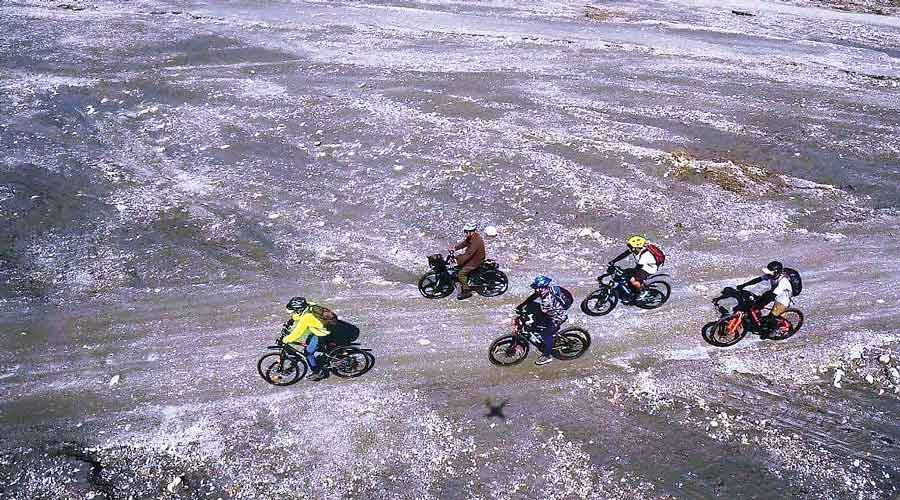
EXPEDITION
To control man-animal conflicts, creating awareness about the environment is the key. In the forest region of North Bengal, man-animal conflict is often reported. In most of cases, elephants, leopards, and gaurs (Indian bison) enter villages, and damage crops and houses. They also attack people and injure them. In recent times, Himalayan black bears have been straying into human habitation, too. Many times, wild animals also get killed. That is why awareness among villagers on how to respond to such situations is extremely necessary. And so is training for forest staff on how to mitigate such conflicts and handle the situation.
Mr. Ghosh told Indian Masterminds, “We are travelling on the wildlife corridor on bicycles. We interact with people and talk to them about environment and the challenges. On the way, we stop in villages, meet villagers to make them aware about how to avoid man-animal conflict and conserve wildlife and nature. We also tell them how they can contribute towards increasing the green cover in North Bengal.”
The five-member team is also dropping by at different forest beat offices and range offices to speak with the forest staff.
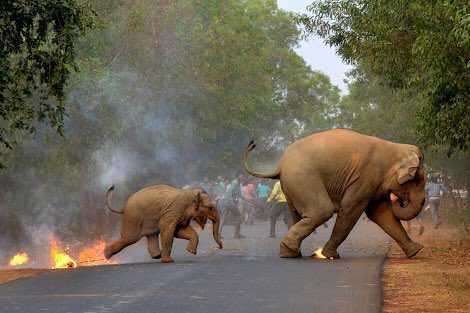
VALUABLE TIPS
The tips the officials are giving to the villagers are very helpful in dealing with any kind of man-animal conflict. According to them, whenever such a situation arises, people need to stay calm and call up foresters immediately, instead of threatening the animal. Villagers are also being asked to not fell trees as depleting green cover causes wild animals to venture out into human habitats.
According to a report in 2019, in the past three years, man-elephant conflict has claimed 1,713 human and 373 elephant lives in India.Of this, Bengal, with 307 deaths in the past three years, is emerging as the new arena of man-elephant conflict in the country. There are lots of such reports that suggest that man-animal conflict with other animals is also rising. But with fresh new innovative initiatives like the cycling expedition by forest officers, one can hope that things will be better in the coming days.

THE RIDERS
This expedition started on February 4 this year. The team of 5 officers including Ujjal Ghosh moved through the forests of Mahananda, Baikunthapur and Jalpaiguri forest divisions. On the next day, they reached Banarhat in Dooars, covering forests like Reti, Bandapani and parts of Jaldapara National Park.Mr. Ujjal Ghosh’s riding companions on this expedition are oncologist Atanu Bhattacharya, three members of the Siliguri-based Himalayan Nature and Adventure Foundation -Debjyoti Dey, Rupajit Dutta and Suprit Saha.

